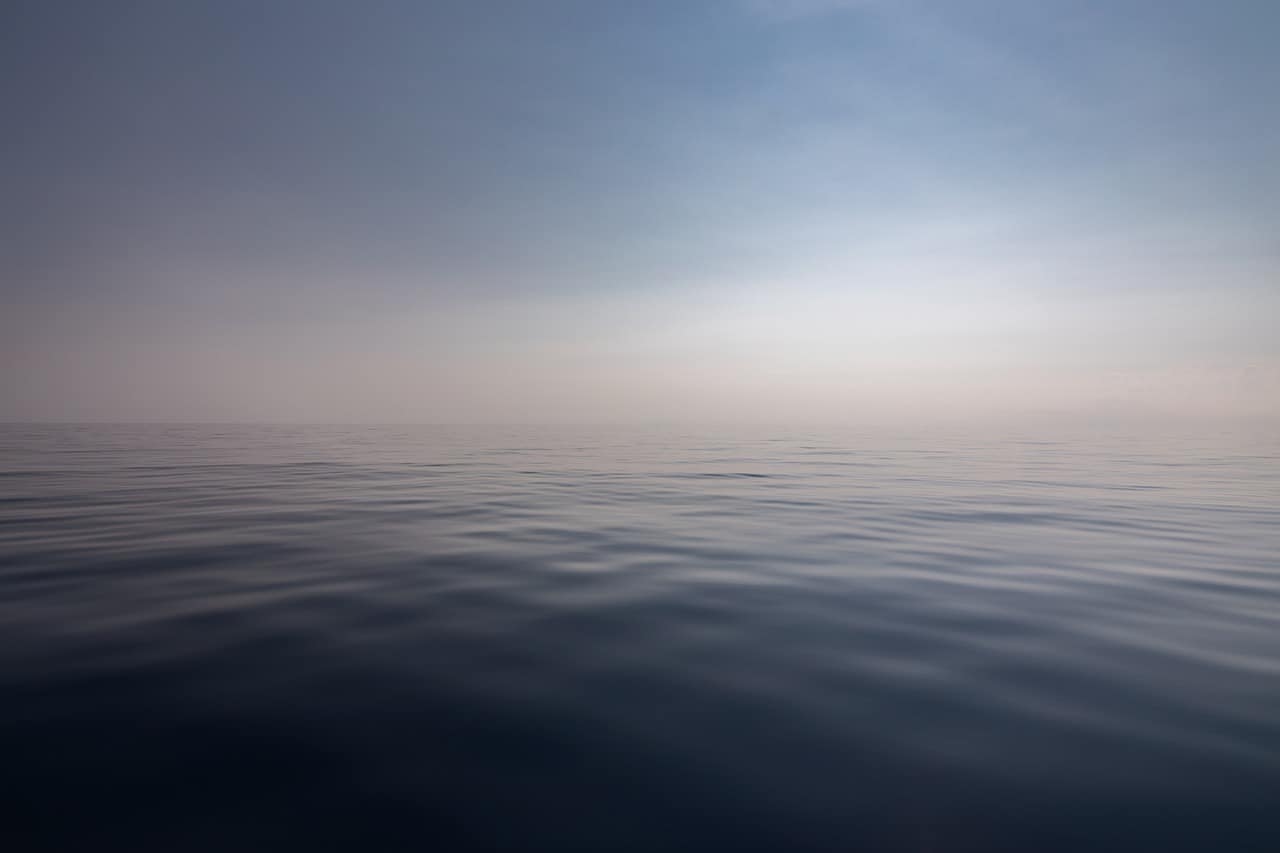The availability of freshwater resources is rapidly declining, which requires a rethink of our solutions.
As freshwater sources continue to diminish and get badly polluted worldwide, the race is on to find alternatives. One common solution is the desalination of seawater. Another and as yet untapped source, say scientists, lies in harvesting water wapor, which could provide us with “an almost limitless supply.”
By investing in new infrastructure capable of harvesting oceanic water vapor, we can replenish limited supplies of fresh water across the planet, according to a team researchers at the University of Illinois Urbana-Champaign, who examined the feasibility of this approach and detail their findings in a study.
“[T]he availability of freshwater resources is rapidly declining due to over-exploitation and climate change and, therefore, is unlikely to sustainably address future needs, which requires a rethink of our solutions and associated investments,” the scientists write.
Their answer to this is to capture humid air over the oceans, a “practically limitless supply of water vapor from the oceans” which “can transform our ability to address present and future water security concerns,” they explain.
For their study the scientists evaluated 14 water-stressed locations worldwide to see if it was feasible to capture water vapor from above the ocean at each site and condense it into fresh water in a manner that takes into account the effects of a changing climate such as prolonged periods with no rain.
Their atmospheric and economic analyses focused on hypothetical offshore structures 210 meters in width and 100 meters in height for harvesting water vapor. The scientists concluded that capturing moisture over ocean surfaces would make a difference in many water-stressed regions worldwide, yielding enough fresh water to meet the needs of large population centers in the subtropics.
This result is encouraging as other methods such as wastewater recycling, cloud seeding and desalination techniques have not always been stellar successes. Desalination plants, for instance, produce plenty of brine and wastewater laden with heavy metals, which raises environmental concerns.
“Eventually, we will need to find a way to increase the supply of fresh water as conservation and recycled water from existing sources, albeit essential, will not be sufficient to meet human needs. We think our newly proposed method can do that at large scales,” says Praveen Kumar, a professor of civil and environmental engineering who is executive director at the Prairie Research Institute.
Importantly, as climate change is expected to make already arid regions even drier, water scarcity will become even more of a problem. At the same time, however, increasingly arid conditions could favor the new ocean vapor-harvesting technology, the scientists say.
“The climate projections show that the oceanic vapor flux will only increase over time, providing even more fresh water supply,” says Afeefa Rahman, a graduate student who came up with the idea for the research. “So, the idea we are proposing will be feasible under climate change. This provides a much needed and effective approach for adaptation to climate change, particularly to vulnerable populations living in arid and semi-arid regions of the world,” Rahman explains.
The proposed solution has the added benefit of working like the natural water cycle, adds Francina Dominguez, a professor of atmospheric sciences.
“The difference is that we can guide where the evaporated water from the ocean goes,” Dominguez says. “When Praveen approached me with this idea, we both wondered why nobody had thought about it before because it seemed like such an obvious solution,” Dominguez goes on.
“But it hasn’t been done before, and I think it is because researchers are so focused on land-based solutions, but our study shows other options do, in fact, exist.”
This story first appeared on Sustainability Times
© 2022 Sustainability Times.
This article is licensed under a Creative Commons Attribution-ShareAlike 4.0 SA International License.












